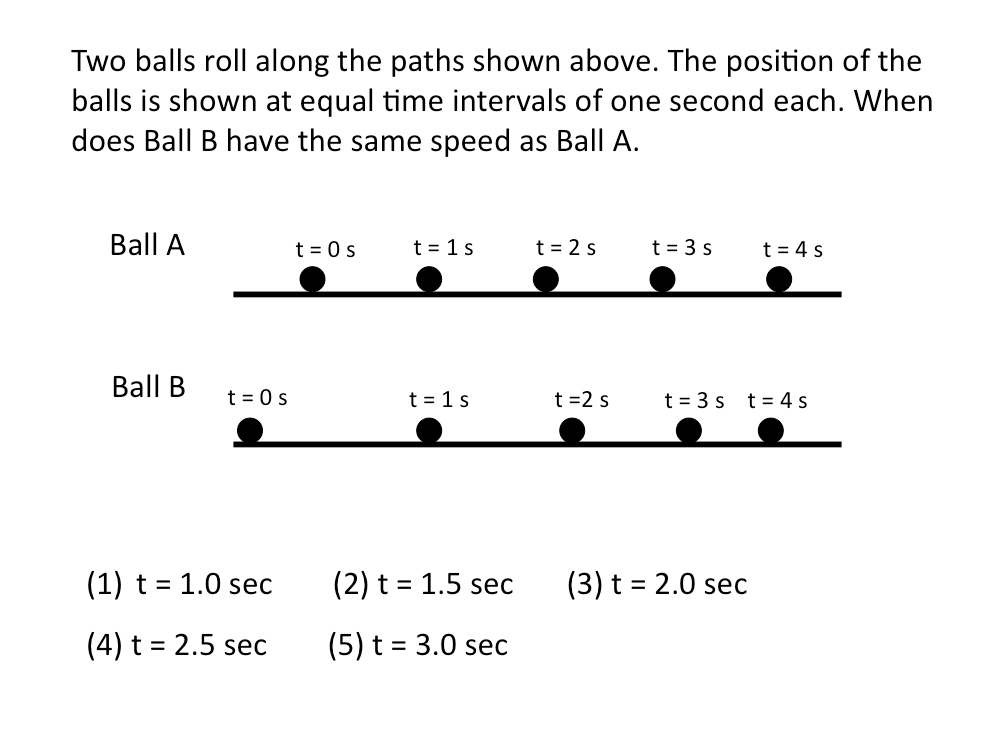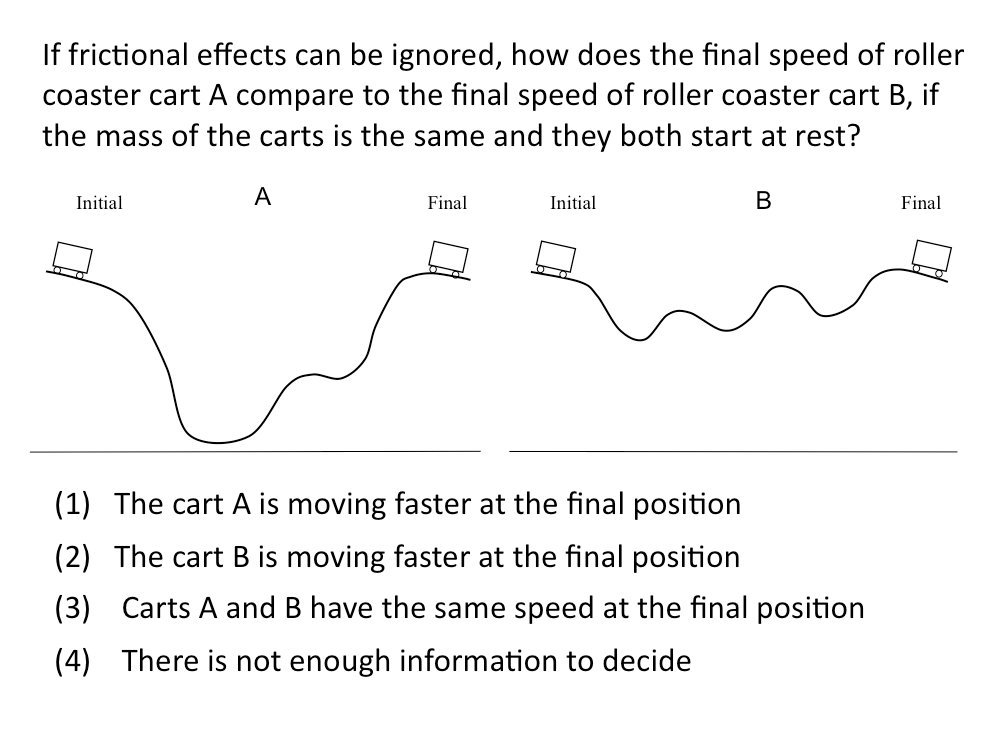Physics Problem Solving


This research is sponsored by a grant from the National Science Foundation (NSF), and involves a collaboration between the Department of Psychological Sciences and the Physics Department. Our colleagues in the Physics Department are Dr. N. Sanjay Rebello and Amy Rouinfar. An article discussing the NSF funding can be found here, and learn more about the project here.
When students are trying to learn new material or make sense of a problem, images can play an important role in facilitating learning and making a problem easier to comprehend. However, these images must be coherent and well-designed to aid students, while poorly-designed images may only serve to confuse and mislead.
This project combines the areas of cognitive psychology, specifically visual cueing and eye movements, and physics education. This project investigates the role of visual cueing and feedback in improving the problem-solving abilities of students in Science, Technology, Mathematics, and Engineering (STEM) fields, and how to optimize the effectiveness of such cueing for transferable learning. The original studies presented physics diagrams to both physics experts and novices, and then looked at the differences in eye movements and reasoning as they used the information in the diagrams to solve the physics problems (Carmichael et al., 2010; Madsen et al., 2012). These studies found that physics experts spent more time looking at relevant areas of the diagrams, while novices paid more attention to the irrelevant areas that were related to common misconceptions in solving the problems. This suggests that top-down processing (previous knowledge and experience) helps guide attention in problem solving. A follow-up study (Madsen et al., 2013) attempted to improve the reasoning of novices by directing their attention away from irrelevant areas to the important parts of physics diagrams, using visual cueing. After viewing diagrams with cues, students were more likely to correctly answer one problem featuring roller coasters (picture shown above). Analyzing eye movements also showed that students who watched the visual cues closely performed better on the roller coaster problem than students who attended less to the visual cues. For one diagram featuring rolling balls (picture shown above), some indication of learning was found; students who were given cues for the ball diagram performed better on a similar problem with no cues, suggesting that correct reasoning about a certain problem may transfer to future problems.
More recent work (Rouinfar et al., 2014) has shown that if both correctness feedback and visual cues are combined, greater transferable learning occurs than if only correctness feedback or only visual cueing is used. Furthermore, after several similar problems are solved that way, learners who received both visual cues and correctness feedback showed increased automaticity in acquiring the relevant information needed to solve a transfer problem that shares the same concept, but has a different form. Those students who had not received the visual cues had not gained as much automaticity in extracting the relevant information, even if they managed to solve the transfer problem correctly. We explain the roles of both correctness feedback and visual cues in terms of a model of visual cueing in conceptual problem solving, in which correctness feedback forces a learner with a misconception into an "impasse" (not being sure how to solve the problem), and then visual cues can direct attention and provide additional information needed to restructure their problem representation, thus facilitating finding a correct solution path.
Though this research has focused on physics problem solving, the implications could have much wider applications. If relevant visual cues are found to aid problem solving in physics, than these ideas could be applied to other academic areas where visual representations also play a key role. This could lead to more efficient ways of teaching students and promoting learning, particularly in computer assisted instruction (CAI). However, more research on this idea is necessary to better understand the ways in which visual cues, together with correctness feedback, can improve problem solving and learning from it. We are currently developing a theory to explain these processes.
Related Publications
Related Conference Presentations
Madsen, A., Larson, A., Loschky, L.C., & Rebello, N. S. (2012, March). Using scanmatch scores to understand differences in eye movements between correct and incorrect solvers of physics problems. Talk presented at the 7th biennial Symposium on Eye Tracking Research & Applications, Santa Barbara, CA.
Madsen, A., Larson, A. M., Loschky, L. C., & Rebello, N. S. (2011, July). Visual Cueing Influencing Eye Movements and Reasoning in Physics Problems. Paper presented at the American Association of Physics Teachers Summer Meeting, Omaha, NE.
Stevens, T., Carmichael, A., Larson, A. M., Gire, E., Loschky, L. C., & Rebello, N. S. (2011, April). Effects of Visual Attentional Cueing on Beginner Problem Solvers in Physics. Paper presented at the National Association for Research in Science Teaching Annual Meeting, Orlando, FL.
Carmichael, A., Larson, A., Gire, E., Loschky, L., & Rebello, S. (2010, July). Comparing expert and novice eye movements while solving physics problems. Talk presented at the American Association of Physics Teachers Summer Meeting, Portland, OR.
